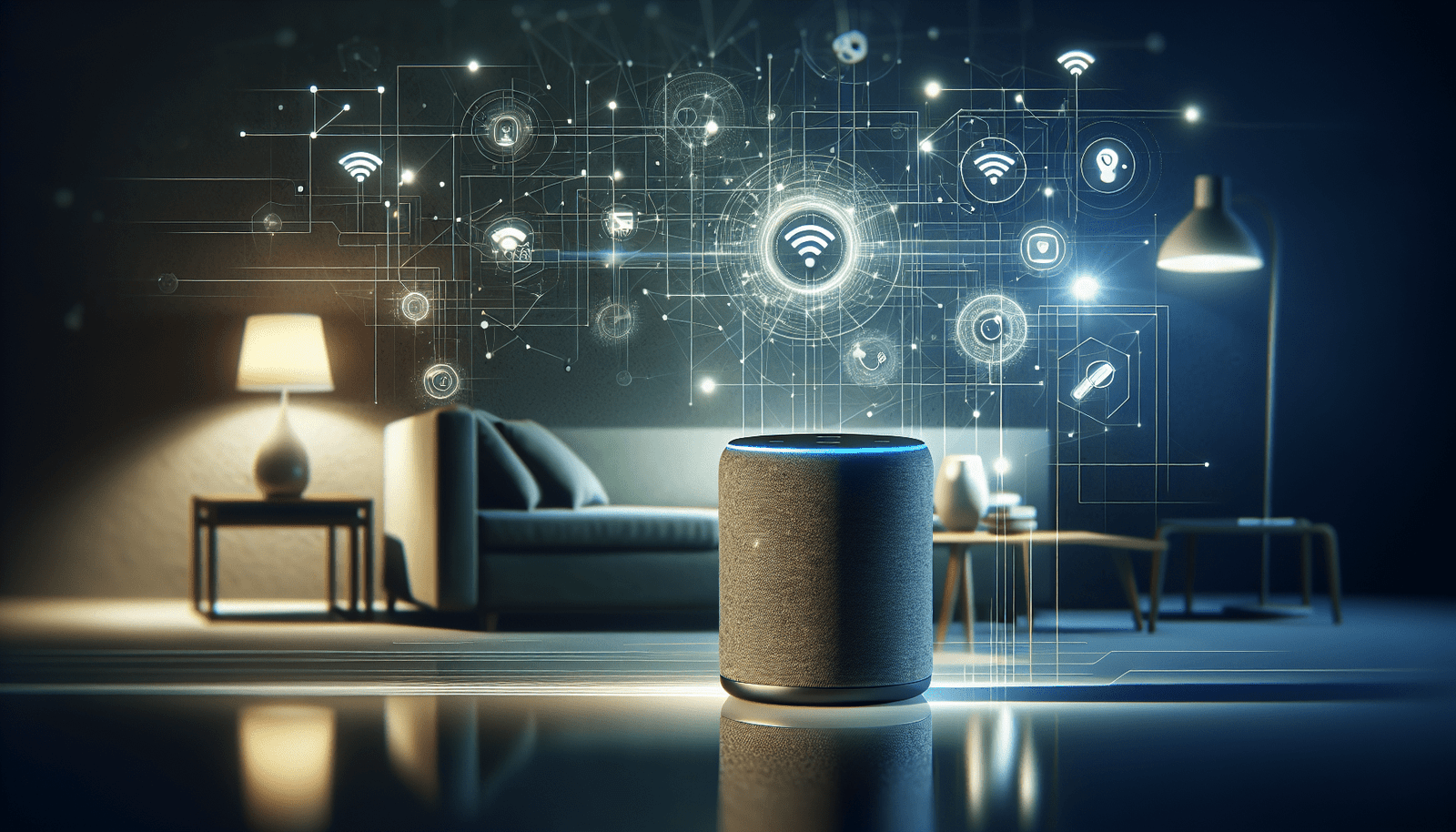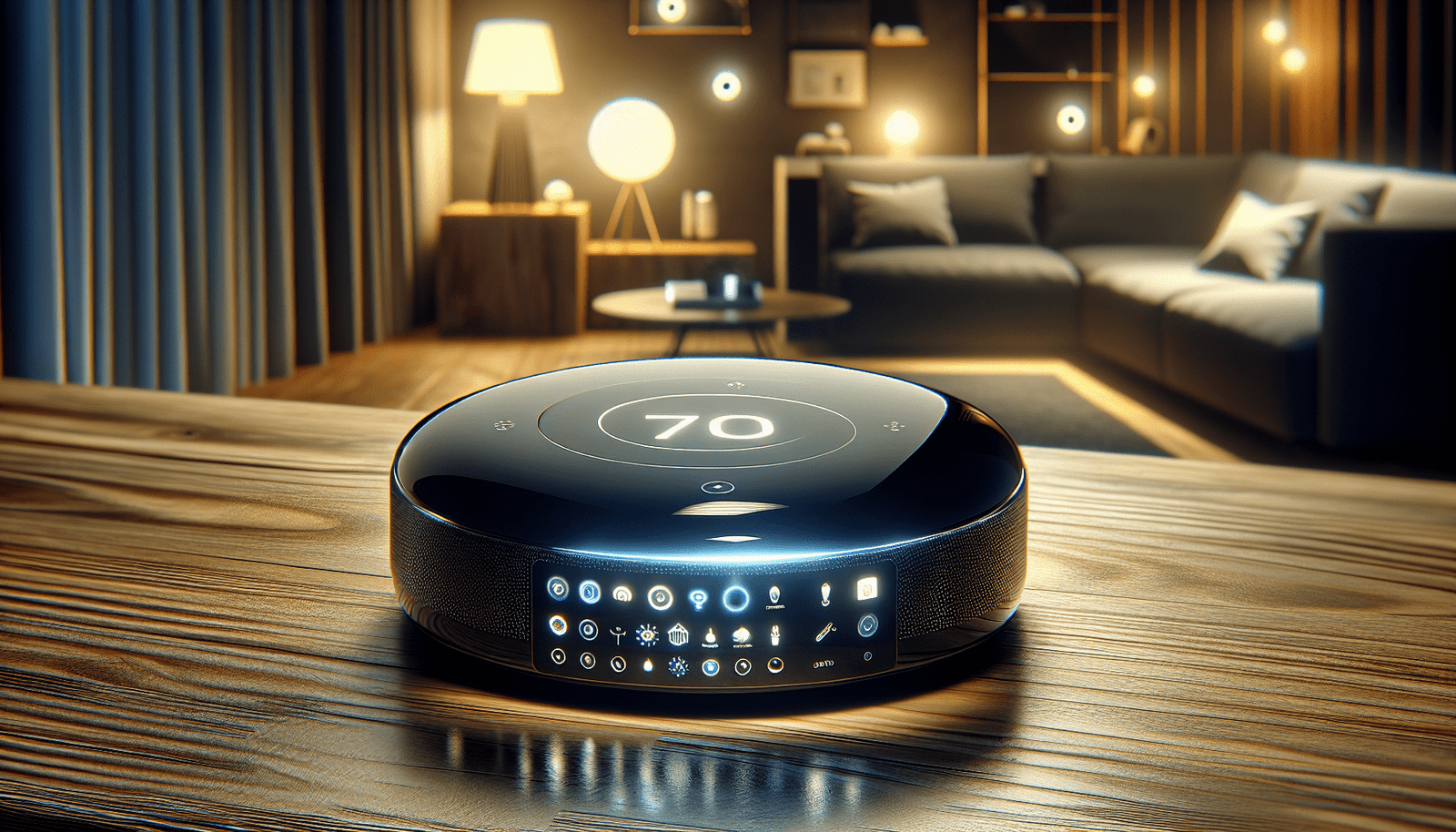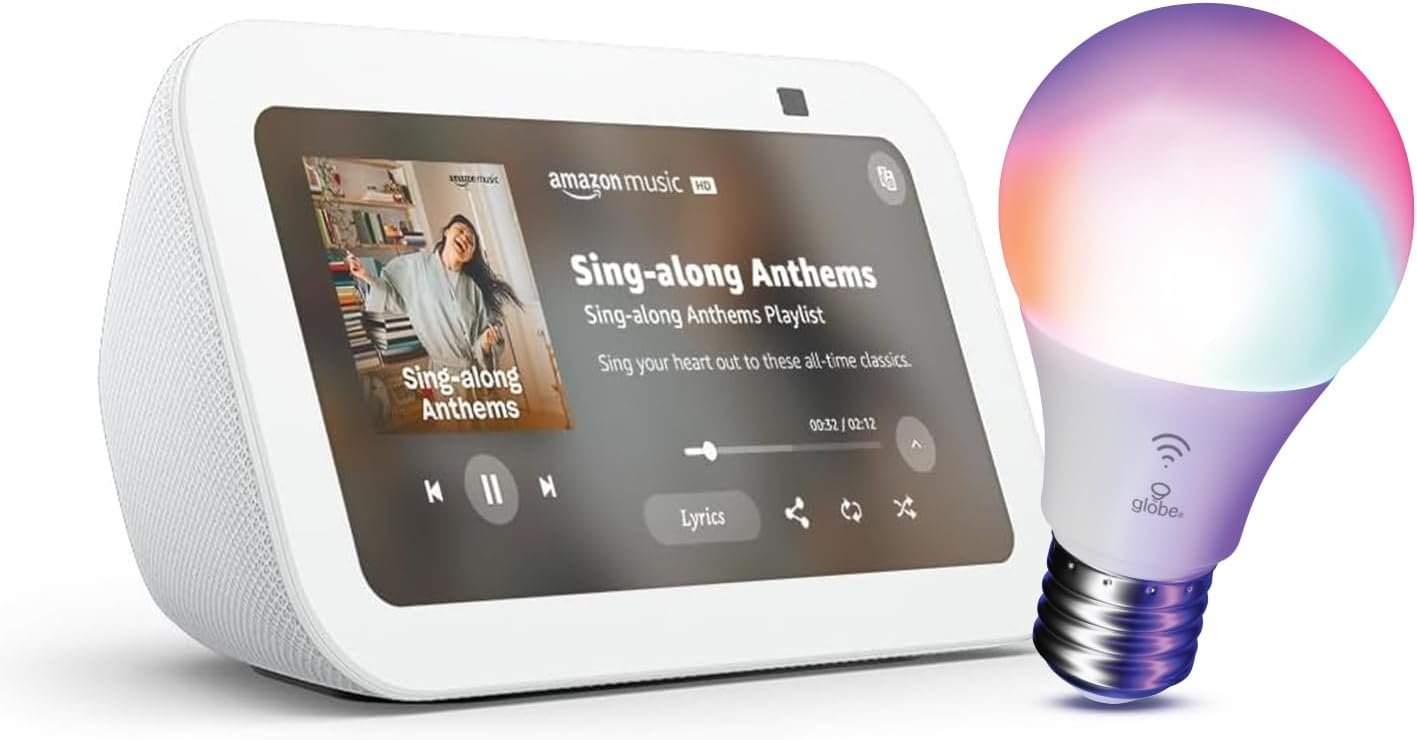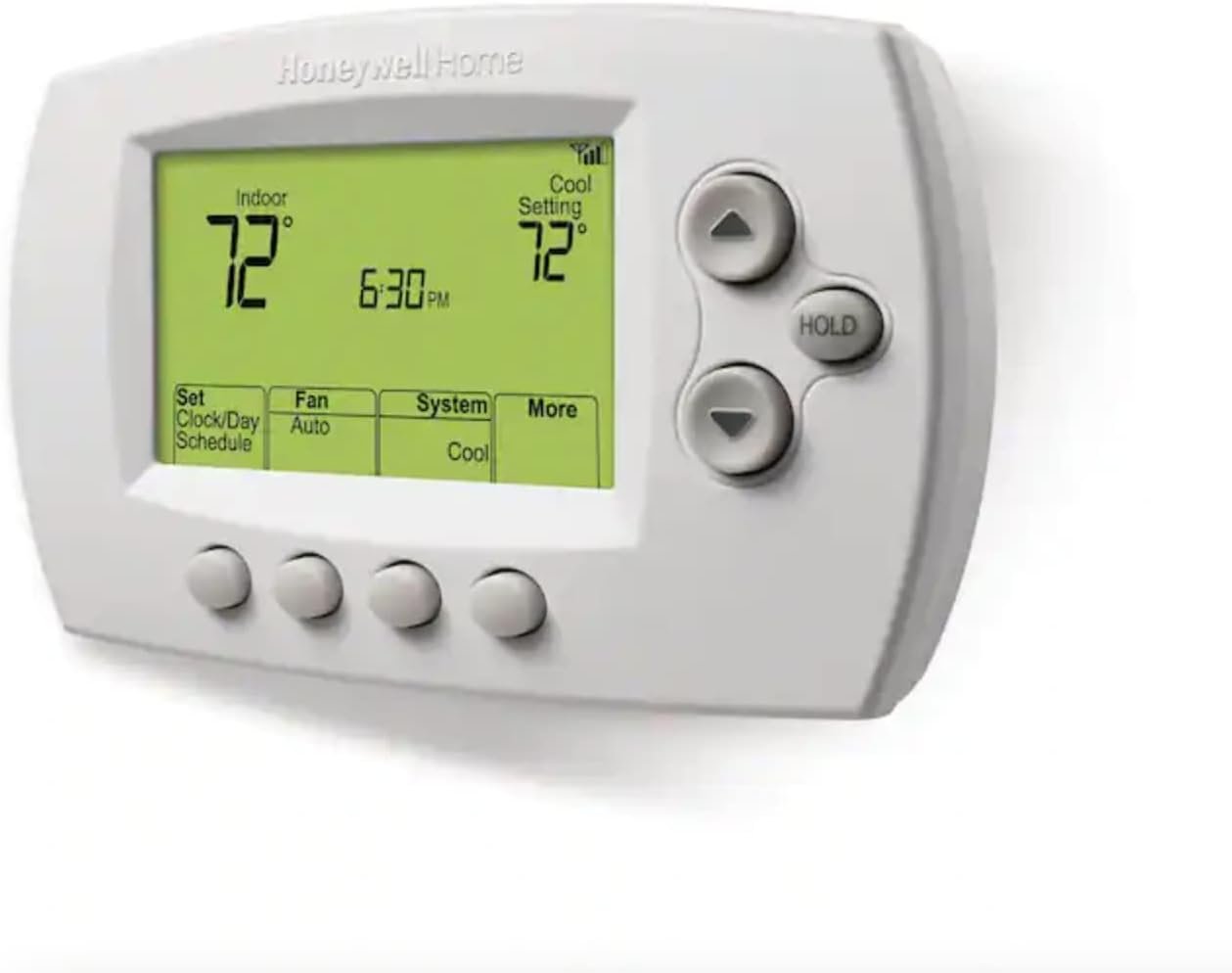Have you ever wondered if your smart home devices are compatible with different operating systems? As technology continues to advance, the convenience and comfort of smart home living are becoming increasingly popular. However, one of the most common questions is whether these devices can work seamlessly with various operating systems. This is crucial for homeowners, renters, and tech enthusiasts who want to integrate smart technology into their daily lives.
Understanding Smart Home Technology
Before diving into compatibility, it’s essential to understand what smart home technology is. Smart home devices are internet-connected gadgets that enable you to control aspects of your home through smartphones, tablets, or voice assistants. These devices encompass everything from smart lights and thermostats to security cameras and door locks. They aim to create a more convenient and efficient living environment.
The Rise of Smart Home Living
Smart home living offers unprecedented convenience by automating everyday tasks, enhancing security, and improving energy efficiency. It transforms homes into connected hubs of technology, offering you seamless control over your environment. Imagine adjusting the temperature from your office or turning on the lights before you get home. These simple actions are made possible through smart home devices, making daily life easier and more enjoyable.
Compatibility with Different Operating Systems
A key consideration when integrating smart technology into your home is whether these devices are compatible with the operating systems you use. This involves understanding which platforms support your smart devices and how they connect.
Common Operating Systems
Several operating systems are widely used in smart home technology, including:
- iOS: Apple’s operating system for iPhones and iPads.
- Android: Used by a wide range of manufacturers, including Samsung, Google, and LG.
- Windows: Primarily seen in PCs, but also on some tablets and laptops.
- macOS: Apple’s desktop operating system for Mac computers.
Each of these systems offers different levels of support for smart home devices. Understanding their nuances will help you make informed decisions about your smart home setup.
How Smart Devices Interact with Operating Systems
Smart home devices generally connect with operating systems via apps, protocols like Wi-Fi and Bluetooth, and home automation platforms such as Apple HomeKit, Google Home, and Amazon Alexa. Here’s how they typically work:
-
App Integration: Most smart devices require a dedicated app that runs on your device’s operating system. This app allows you to control and manage your smart home features.
-
Protocol Compatibility: Devices connect using standard wireless protocols. It’s crucial that your devices and operating systems support the same protocols, like Wi-Fi or Bluetooth.
-
Home Automation Platforms: Many operating systems allow integration with broader platforms that manage multiple devices, like Apple HomeKit, Google Assistant, or Amazon Alexa. These platforms unify device control within a single app or voice command system.
Tables for Quick Reference
Here’s a table summarizing the compatibility of major smart home platforms with different operating systems:
| Platform | iOS | Android | Windows | macOS |
|---|---|---|---|---|
| Apple HomeKit | Yes | Limited* | No | Yes |
| Google Assistant | Yes | Yes | Limited | Limited |
| Amazon Alexa | Yes | Yes | Limited | Limited |
- *Limited indicates that functionality is restricted or not fully supported.
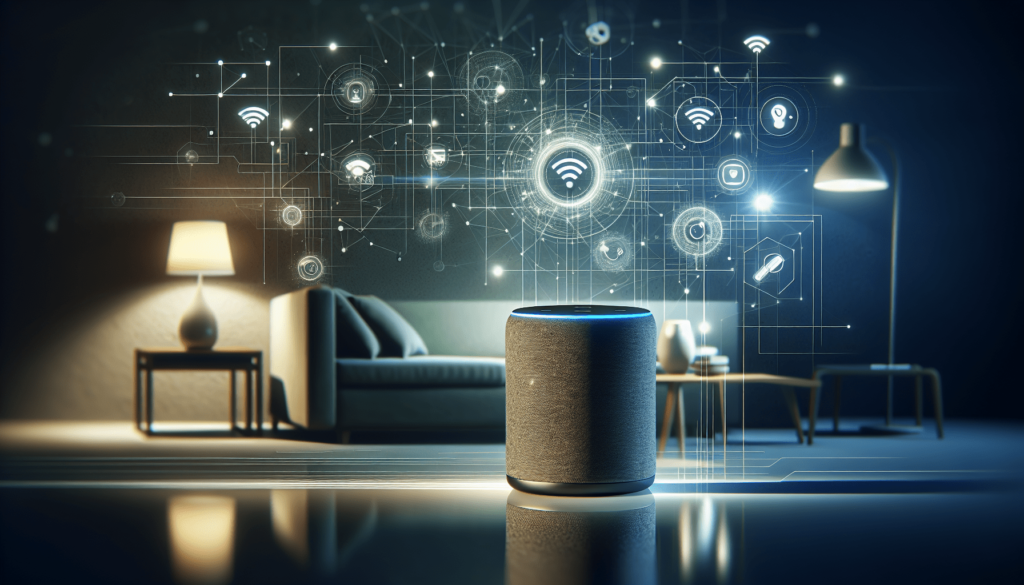
The Role of Smart Home Hubs
Smart home hubs can bridge the compatibility gap, acting as a central point of control for various devices. They often support multiple protocols and translate between them, making it easier to coordinate devices that might not otherwise be compatible with your operating system.
Choosing the Right Hub
Not all smart home hubs are created equal, and selecting the right one can enhance device compatibility across different operating systems. Consider these factors:
- Supported Devices: Ensure the hub supports the devices you plan to use.
- Supported Protocols: Check if it can handle multiple communication standards like Zigbee, Z-Wave, and Bluetooth.
- Ease of Use: Look for a hub with an intuitive interface and reliable customer support.
Security and Privacy Concerns
As you integrate smart devices, it’s crucial to address security and privacy issues. Smart home devices can be vulnerable to hacks if not correctly configured. Here are some tips to safeguard your connected home:
Tips to Enhance Security
- Use Strong Passwords: Ensure all your devices and networks use robust, unique passwords.
- Enable Two-Factor Authentication: This adds an extra layer of security to your smart home ecosystem.
- Regular Firmware Updates: Keep devices updated to protect against the latest security vulnerabilities.
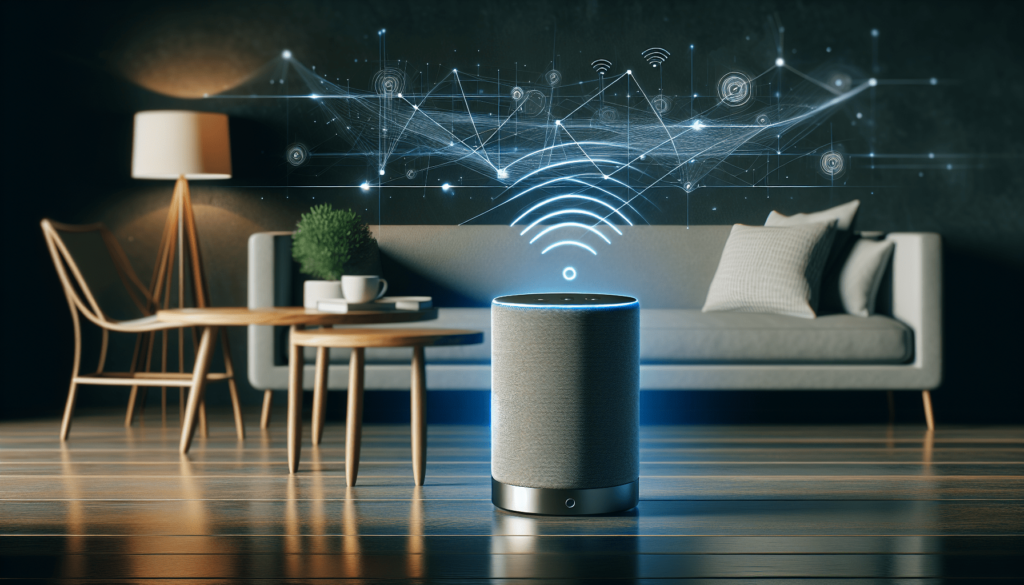
Energy Efficiency and Sustainability
Smart home technology not only adds convenience but can also improve energy efficiency and sustainability. Devices like smart thermostats and energy monitoring systems help reduce consumption and promote eco-friendly living.
Benefits of Energy Efficiency
- Lower Utility Bills: Automated systems can optimize energy use, potentially reducing your bills.
- Environmental Impact: Reducing energy consumption decreases your carbon footprint.
Future-Proofing Your Smart Home
The world of smart home technology is ever-evolving, and it’s vital to future-proof your setup to accommodate new advancements.
Emerging Trends
- Integration of AI: Artificial intelligence is increasingly being used to enhance device functionality and personalization.
- Increased Interoperability: Efforts are underway to create universal standards, simplifying device compatibility across different platforms.
Investing in devices known for their adaptability and opting for hubs that offer updates can ensure your smart home remains functional and relevant.
Making Informed Decisions
To make the most of your smart home investment, align your choices with your needs and budget.
Key Considerations
- Initial Costs vs. Long-Term Savings: Consider the upfront cost and potential savings from reduced energy bills and added home value.
- Compatibility with Existing Systems: Assess how well new devices will integrate with your current technology ecosystem.
- Ease of Use and Setup: Choose products known for their intuitive interfaces and straightforward installation processes.
Conclusion
Deciding on smart home devices requires careful consideration of their compatibility with different operating systems. By understanding how these devices interact with platforms, addressing security concerns, and considering future trends, you can create a smart home that suits your lifestyle and technological preferences. Remember to weigh the costs and long-term benefits as you embark on this exciting journey to a more convenient and efficient home.
